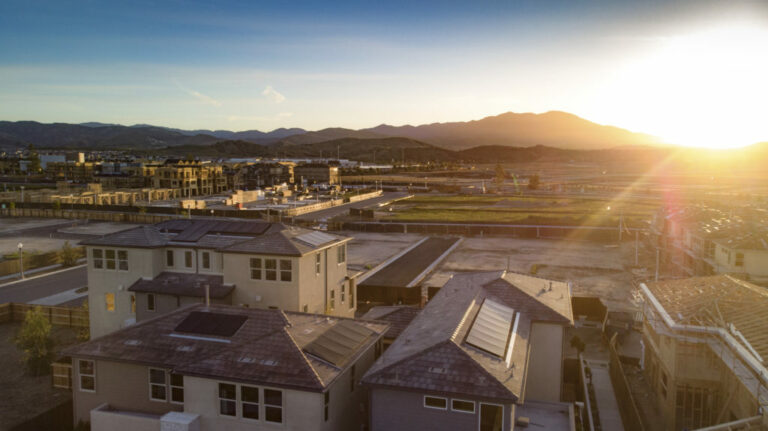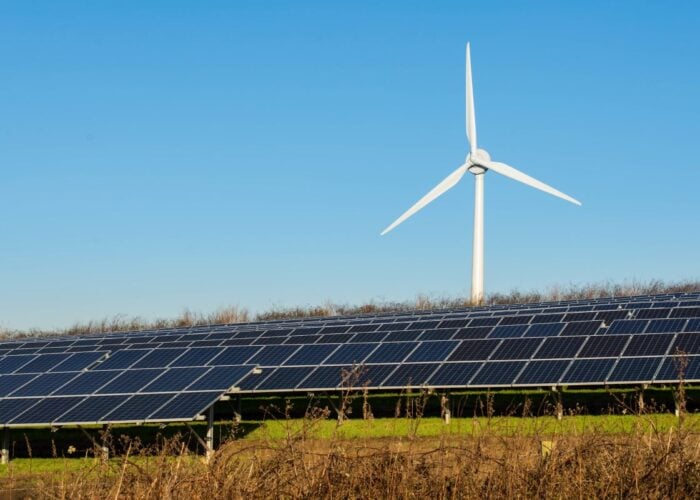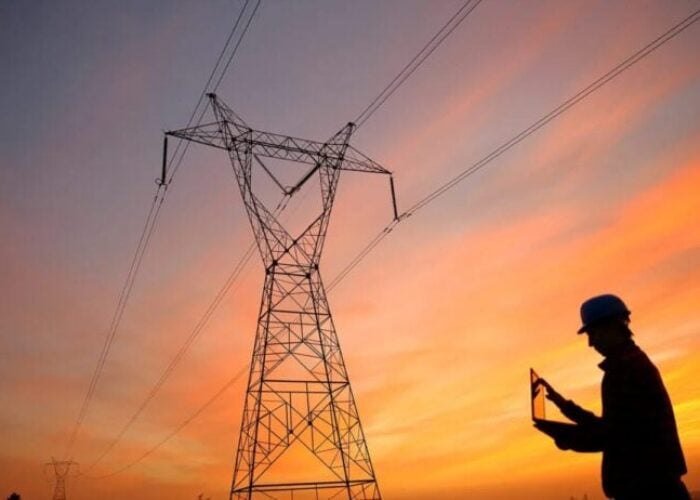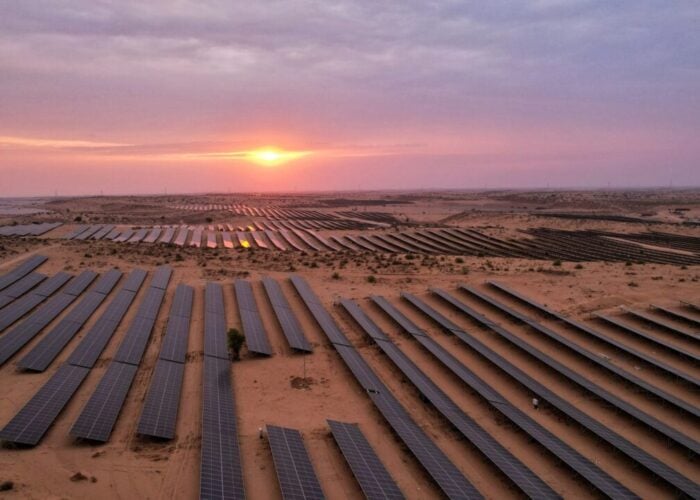
Proposed changes to California’s net metering (NEM) incentive programme will severely reduce residential PV’s value proposition in the state, cutting its solar market in half by 2024, Wood Mackenzie has warned.
An overhaul of the policy being considered by authorities would result in more than 2.4GWdc of demand destruction in California’s residential solar market by 2026, the research firm said, representing a 36% reduction compared with forecasting it published last month that had already taken into account modest impacts from the proposed changes.
Unlock unlimited access for 12 whole months of distinctive global analysis
Photovoltaics International is now included.
- Regular insight and analysis of the industry’s biggest developments
- In-depth interviews with the industry’s leading figures
- Unlimited digital access to the PV Tech Power journal catalogue
- Unlimited digital access to the Photovoltaics International journal catalogue
- Access to more than 1,000 technical papers
- Discounts on Solar Media’s portfolio of events, in-person and virtual
Dubbed NEM 3.0 and put forward by California Public Utilities Commission (CPUC) last month, the new scheme would slash solar export credits by about 80% and add a US$57 per month fixed charge for the average residential system that is partially offset by a US$15 per month credit for ten years.
If the policy is approved, Wood Mackenzie expects it will start impacting installations in July or August of this year, meaning installers will spend the first half of the year selling as many residential solar systems as possible and rushing to submit interconnection applications under NEM 2.0 rates.
The firm then forecasts new residential installs would plummet 42% between 2022 and 2023 – the first full year of NEM 3.0 – with the decline continuing into 2024, when annual residential PV deployment would fall to just over 700MWdc – roughly half of last year’s additions and the lowest annual installation level for the state since 2014.
Deployment is also expected to be hit by the decrease in the federal investment tax credit (ITC), which is currently due to drop to 22% next year before fully expiring for residential systems in 2024.
Bryan White, a research analyst at Wood Mackenzie, said the NEM 3.0 proposed decision and the ITC step-down will create a challenging business environment in the near- to mid-term, adding: “Many solar companies will not survive this double whammy of policy headwinds, resulting in significant consolidation in a contracting California residential solar market.”
Under the proposed changes, the typical payback period for solar systems would more than double from between five and six years to between 14 and 15 years, according to Wood Mackenzie’s analysis on Pacific Gas & Electric and Southern California Edison, the state’s two largest utilities.
“For both utilities, the payback periods under NEM 3.0 go way beyond the 10-year threshold,” White said. “Beyond this threshold, customers are less inclined to invest in solar projects and installers are less motivated to sell them.”
He said installers will most likely need to sell much smaller solar projects to achieve savings for customers, putting immense pressure on margins as installers collect less revenue to cover fixed costs.
The analysis comes after solar workers and climate activists took part in marches to CPUC buildings in Los Angeles and San Francisco to protest the changes earlier this month. Bernadette Del Chiaro, executive director of the California Solar & Storage Association, said at the time that the proposed decision “completely reverses California’s progress on clean energy and green jobs”.
While the CPUC had originally been due to vote on the policy in a meeting tomorrow (27 January), this has been postponed, with a new date for the vote yet to be announced.







